There is a bit of a myth about weight distribution hitches (WDH) among some caravanners – that they are the great ‘Band-Aid’ of the towing world and that you’d be crazy to ever tow without one. That’s not true, though. While WDHs can be a useful towing tool, they’re certainly not a must-have for heavy-duty towing and, in some cases, could hinder, not help, your towing setup.
So how do you know if you need one or not? We asked our expert tow tester Philip Lord for his advice.
WHAT DOES A WEIGHT DISTRIBUTION HITCH?
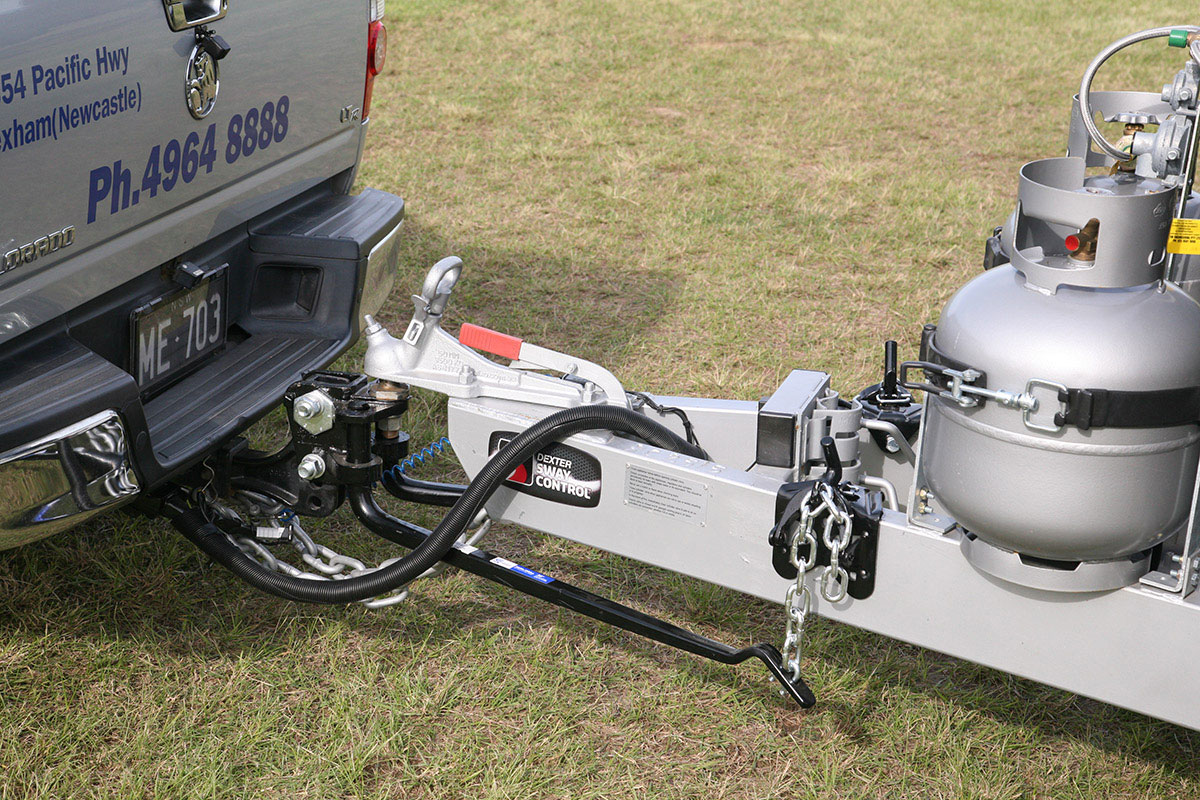
Weight distribution hitches link the caravan to the tow vehicle in combination with the coupling to improve the towability of a caravan by helping share the load between the caravan and the tow vehicle.
HOW DO I KNOW IF I NEED A WEIGHT DISTRIBUTION HITCH?
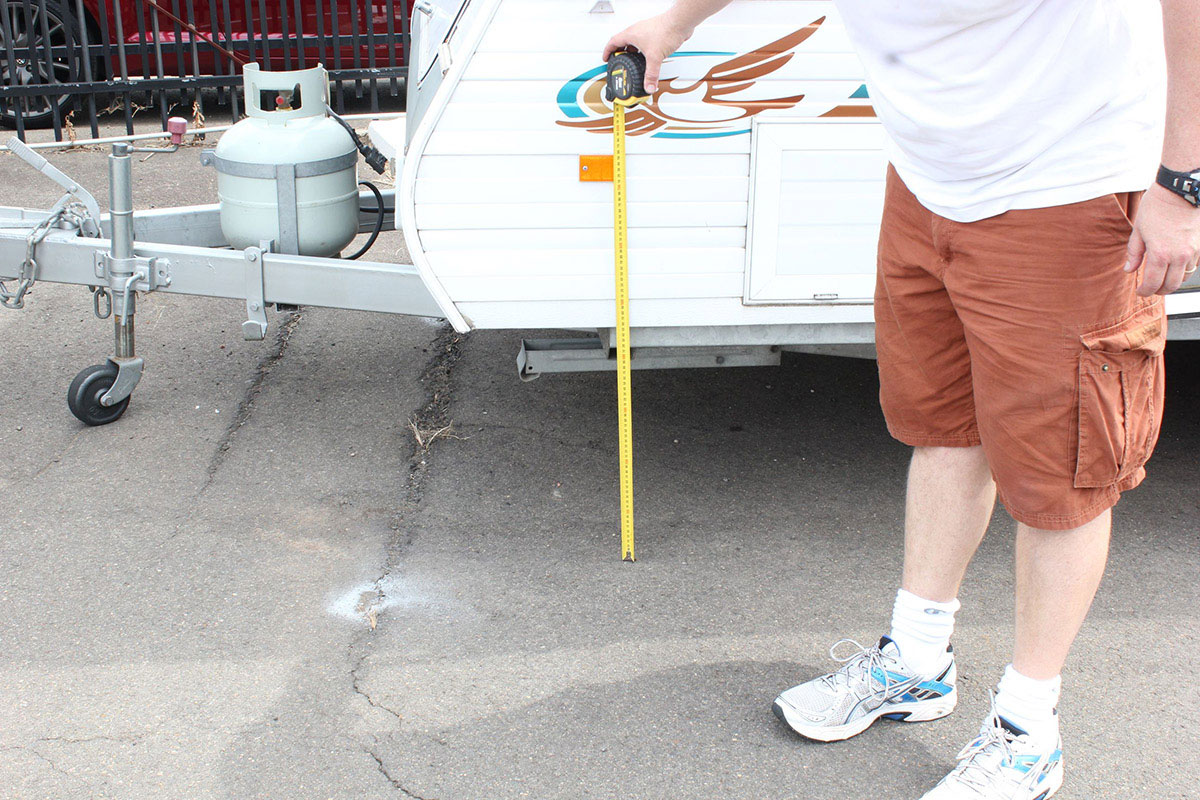
A WDH is most commonly used for long or heavy caravans. If your van is light, well-balanced, and has a light ball load, you probably don’t need a WDH. To help you decide, you need to measure the front and rear unladen heights of the vehicle and the (level) front and rear heights of the caravan as this should give you the ideal scenario you’re aiming to achieve.
Measure your tow tug’s wheel arches from the top centre of the wheel arch to a fixed point on the wheel.
Measuring the van is a bit trickier because you’ll need to get the jockey wheel perfectly level. When you measure at the front side and rear side, you should come up with an identical figure.
Then, when you hitch up the van, re-do your wheel-arch measurements to see if the difference is more than 20mm.
THE FRONT OF MY VEHICLE RISES/THE BACK OF MY VEHICLE SAGS WHEN I HITCH UP. SHOULD I USE A WDH?
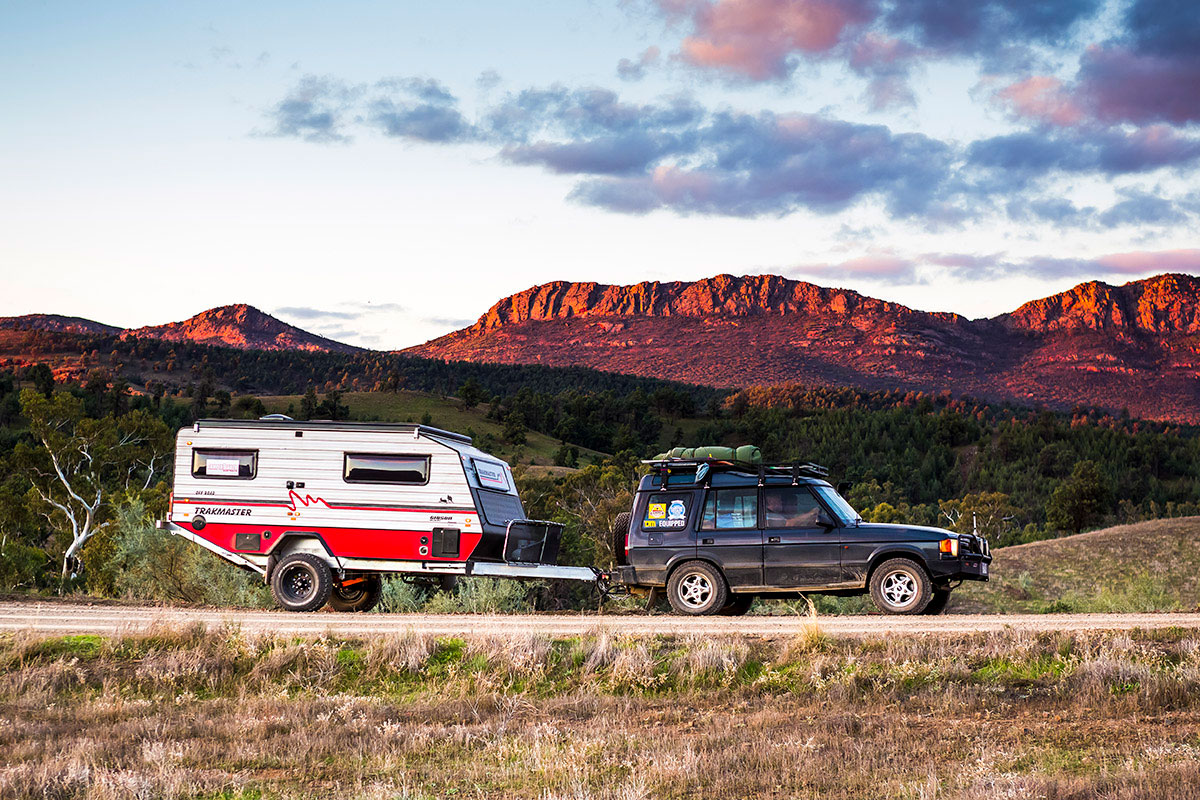
If the rise is more than 20mm, you first need to reconsider how balanced the loads in the vehicle and van are. Try rebalancing the load and, if that doesn’t do the trick, then you have to consider using a WDH.
HOW DO I REBALANCE THE LOAD?
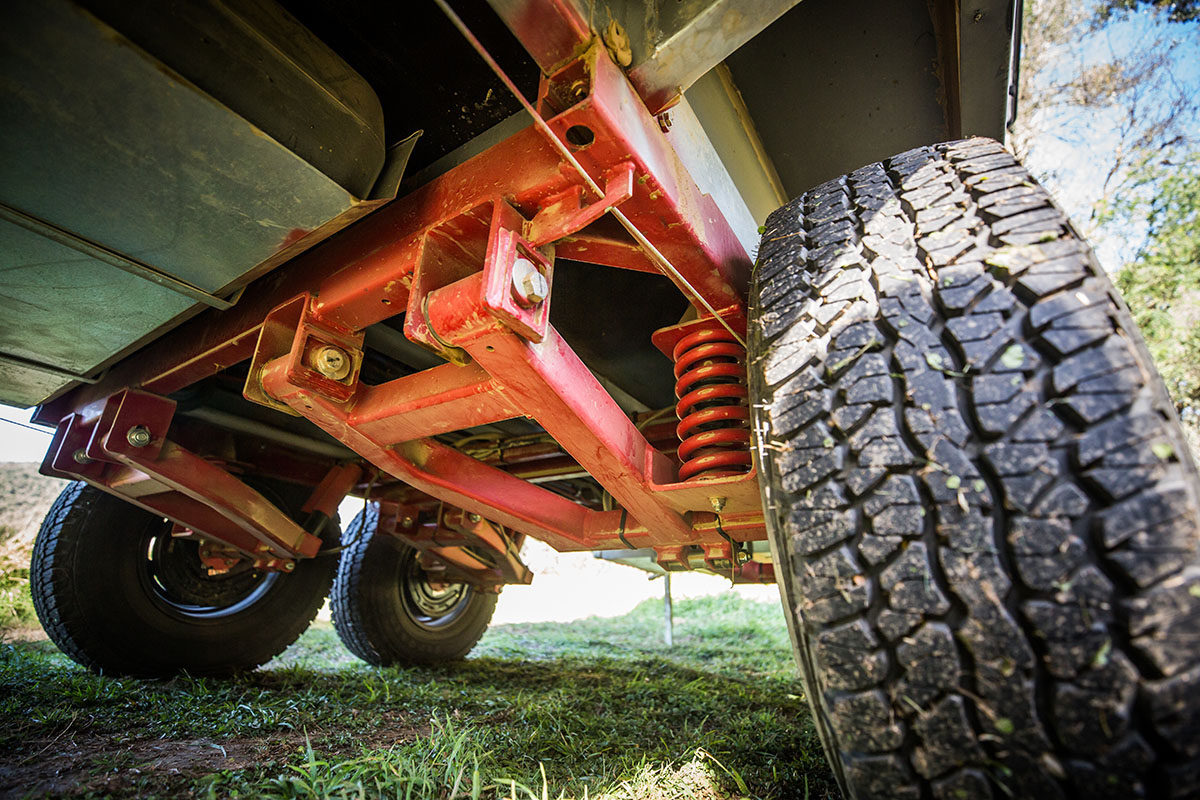
Before you invest in a WDH, make sure your caravan and vehicle load is properly distributed. You should load the heaviest items over the axle of the caravan.
I THINK I NEED A WDH – HOW DO I PICK THE RIGHT ONE?

To establish what kind of WDH is needed, first establish the nose weight of the caravan. Then select the WDH that will accommodate that load range. For an accurate assessment, weigh the van fully laden. And ensure that your WDH is compatible with your vehicle and van. In the heavy-duty WDH set-up most people use, you usually get a specific towball tongue, two torsion bars, retaining pins, two A-frame clamps and a levering tool.
WHAT SHOULD MY RIG LOOK LIKE ONCE I’VE FITTED THE WDH?

The aim of a WDH is to transfer weight to stop the back of your vehicle drooping down and the front lifting up, which makes steering unpredictable and the rig unstable. The ideal target is a perfectly level vehicle and van, perfectly balanced. It’s worth remembering, though, that this is not always fully achievable.
The angle of the hitch and the number of chain links used are crucial and the way you tell if you’ve been successful is by whether or not the vehicle is level. It’s unlikely you’ll replicate your pre-hitching wheel arch measurements but if they’ve dropped by roughly an equal amount, and the van is level, then the WDH is doing its job.
WHAT ARE THE PROBLEMS WITH USING A WDH?
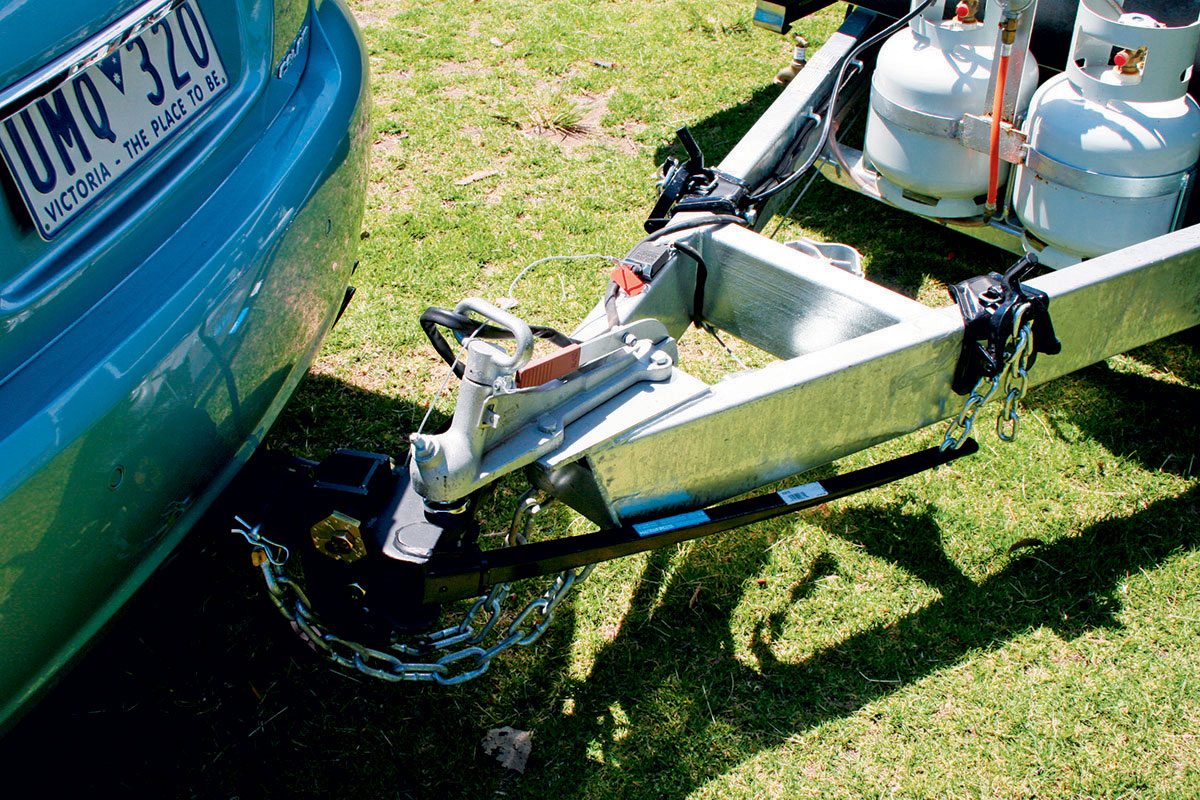
WDHs come with their own problems. In particular, the enormous loads they transfer through the vehicle’s towbar and frame. Even WDH manufacturers recognise this, stating quite clearly in their usage instructions to release the spring bars when negotiating driveways or spoon drains. This is the greatest downfall of the WDH, as many people don’t do this in practice. Instead, many users risk towbar and vehicle structural damage by keeping the WDH tensioned, as it’s too hard to stop all the time to release the spring bar tension and then re-tension it later.
CAN I USE A WDH ON ANY VEHICLE?

No. Several manufacturers advise against using WDHs.
Land-Rover specifically advises against a WDH being used when towing with any of its models fitted with air suspension, as it conflicts with the system’s auto levelling system. However, Jeep says a WDH is required if towing a caravan weighing more than 2200kg (the approximate weight of a Grand Cherokee diesel) even if it is fitted with its optional Quadra-lift air suspension.
And even though it doesn’t offer an air suspension option, Kia does not recommend the use of load levelling devices on any of its vehicles fitted with a genuine Kia accessory towbar.
The problem here is that if you are involved in an accident with a WDH attached and your vehicle manufacturer has not approved the use of them, your insurance company may disown you.
The lesson: always check with your vehicle manufacturer before fitting a WDH.
DISCLAIMER: Seek advice on weight distribution hitch selection and installation/set up from a professional RV service person.*
MEET THE AUTHOR
Laura Gray
An RV journalist working across Australia’s premier caravanning and camping magazines for the past five years, Laura is also a judge at the annual Best Aussie Vans awards. She has been camping in the great outdoors since the of two, when she was packed, by day, into a Toyota LiteAce van and, by night, into a brown canvas tent with her parents and two siblings for an extended trip around the vast playground that is northern Western Australia.





